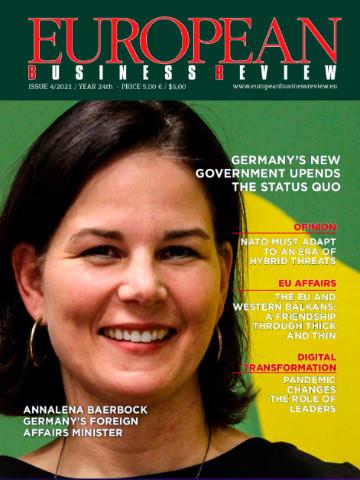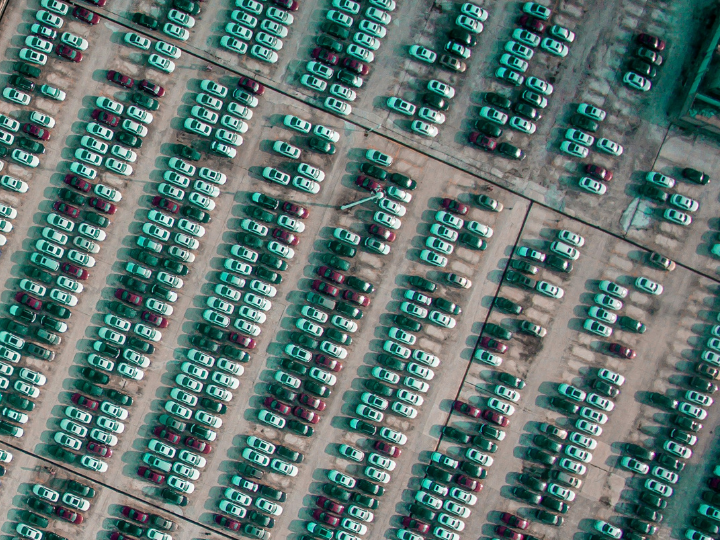Romania has not managed to draw any EU funds from the 2014-2020 financial allocation and the absorption rate estimated for the big programmes for this year is zero, according to the European Commission

The EU average for absorption amounts to around 1.5 percent at the moment. The official absorption rates are: Bulgaria, 0.07 percent; Cyprus, 0.23 percent, Spain, 1.87 percent, Hungary, 0 percent, Italy, 0.39 percent, Poland, 0.87 percent, and Romania, 0.18 percent.
by
Martin Banks
The EU has allotted Romania over €30 billion to spend in the 2014-2020 period.
However, without having its management authorities accredited with the Commission, Romania cannot send payment requests for 2014-2020 funds.
The current Government has already drawn over €2 billion worth of EU funds this year and the amount for the whole year will be over €3.2 billion. These are EU funds from the 2007-2013 allocation.
The lack of absorption, as it is known in EU jargon, by the Romanian state was confirmed by the Commission in a letter from Romanian Socialist MEP Victor Boştinaru.
The letter, from Corina Cretu, EU commissioner for regional policy, was published on 8 November and refers to European funds programing for 2014-2020.
According to Boştinaru, the €722 million that the Commission granted to Romania are advance payments to be allocated at the beginning of each budget year, and they cannot be classified as absorbed funds.
On Monday, the MEP told this website that the technocrat government headed by former EU agriculture commissioner Dacian Ciolos “cannot take any credit” for the increase of absorption for the 2007-2013 programme because this ended on December 31, 2015.
It is a big issue in Romania with the caretaker government which, among a number of other stumbles, is being widely blamed for failing to move swiftly enough.
Boştinaru. who is a deputy leader of the Socialist group in the European Parliament and a member of the regional development committee, said the delay is “on account of a lack of timely accreditation of the managing authorities.”
Essentially, EU financing is used to help the local economy catch up with its more mature peers in Western Europe. In the long term, this is designed to help build Romania’s case in its attempt to join the Eurozone, which most economists agree will happen in early 2020, in an optimistic scenario.
However, the issue is that the authorities are currently scrambling to put everything in place so that Romania can start using the funds allotted under the 2014-2020 programming.
Cristina Ghinea, the technocratic minister of EU funds, says that Romania had missed a window of opportunity in 2014-2015, during the mandate of former PM Victor Ponta, and failed to launch project calls under the new financial framework.
“Realistically speaking, there shouldn’t be any reason for public hysteria,” she said.
The EU average for absorption amounts to around 1.5 percent at the moment. The official absorption rates are: Bulgaria, 0.07 percent; Cyprus, 0.23 percent, Spain, 1.87 percent, Hungary, 0 percent, Italy, 0.39 percent, Poland, 0.87 percent, and Romania, 0.18 percent.
Ghinea has predicted that Romania will receive €3.6 billion from the EU once all the management authorities for EU-funded projects are approved.
However, Romania is still the second poorest economy in the EU so there is greater need for funds than in, for example, Italy, whose GDP per capita is around four times larger than Romania’s.
With Romania now having been a member of the EU for close to a decade, specialists working with EU funding have gained experience and international financial institutions such as the World Bank (WB) have provided training to ease the absorption of funds.
Even so, Romania remains on a watch-list of EU anti-fraud authorities.




 By: N. Peter Kramer
By: N. Peter Kramer

